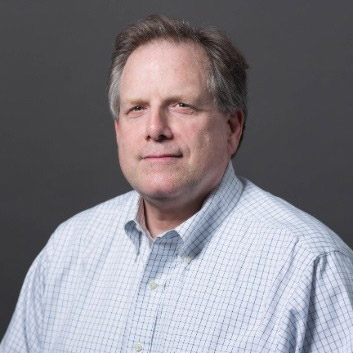Older pilots report negative treatment from insurance companies
AOPA survey finds disconnect between proficiency, premiums
A recent survey conducted by AOPA of pilots and aircraft owners across the country confirmed what we have been hearing from many members for several years: Older pilots who are just as safe, current, and proficient as any others continue to find their insurance policies unceremoniously dropped or canceled, or much more expensive—just for being a day older than 70.
“I continue to hear from members who have been flying for decades, with thousands of hours and a stellar safety record, who are getting bad news from their insurance company through absolutely no fault of their own,” said AOPA President Mark Baker.
The survey, sent to more than 30,000 pilots and aircraft owners, uncovered some striking findings. While it’s intuitive that older pilots would have more total hours over their aviation careers than younger ones, they are also staying proficient and safe.
- Pilots older than 70 have flown an average of nearly 70 hours in the past year (compared to a recent survey of AOPA members that found more than half of pilots were flying less than 50 hours).
- Respondents who are 70 or older were no more likely to have been involved in an accident in the past five years than younger pilots.
- More than 75 percent of the surveyed pilots over 70 have an instrument rating, compared to 66 percent under 70.
- More than 50 percent of the surveyed pilots over 70 have an airline transport pilot or commercial certificate, compared to 40 percent under 70.
While insurance premiums have continued to rise and older pilots are finding it more challenging to stay covered or get a policy, the general aviation industry just experienced its safest year ever, marking a 29-percent year-over-year improvement in the accident rate. Medical incapacitation continues to be among the rarest of accident causes. Older pilots are engaged and actively working to stay proficient; those age 55 and older comprise more than 40 percent of total viewership of AOPA Air Safety Institute YouTube safety videos.
Yet, AOPA leadership continues to hear stories of disappointment and confusion from these aviators.
- “My Twin Comanche insurance more than tripled after age 75, and they want me to have a co-pilot even though I can pass a first-class physical without restrictions,” said 77-year-old Rich Bullock. “I instruct and examine in multi-engine aircraft, and in all my flying of 60 years and 36,000 hours, I have never had a violation or accident. I stepped down to a 172 as insurance premiums became prohibitive.”
- “I wish they would take into account my recurrent training, proficiency, and medical certificate,” said Glen Young, 73, who has seen his premiums skyrocket by 50 percent. “I have maintained a first class medical certificate, fly contract and fly people’s private jets for them. I can’t understand why my rates would be so high or mixed in with people that don’t have near the qualifications I do.”
Baker and other AOPA leaders continue to remind carriers that age has little to do with proficiency and safety. “I understand insurance companies need to run a business and the industry is trying to recover recent losses, but we need to get this market in the right place,” said Baker.
On a more welcome note, within the last year, AOPA’s strategic insurance partner, AssuredPartners Aerospace, announced that it had teamed with an aviation insurer to explore options for pilots up to age 79.
“While this has helped some older pilots navigate the current insurance market, more work remains,” said AssuredPartners Aerospace CEO Bill Behan. “We are actively working with the industry to bring additional solutions that foster a stable market, and anticipate being able to promote new insurance carriers and options in the near future.”
In addition, AOPA’s team continues to work with state officials and others to ensure consumer protection rules are followed, and explore how the industry can help prevent the seemingly continuous peaks and valleys of the market. Coverage decisions should be based on facts such as experience, and accident and incident claims—not a subjective factor like age.
In the meantime, mature pilots are reminded that they should not let a current policy lapse when shopping around—and, in fact, be very mindful when considering changing carriers, as a policy with a new insurance company could be harder to obtain. Baker also reminds pilots that the best way to remain safe and avoid claims is to stay in the sky and continue a pattern of training.
“If we want to look at the best way for all of us to stay proficient and sharp, and help keep claims down, we need to simply keep flying. We’re better pilots—and our aircraft stay safer—when we continue to enjoy this passion for the freedom to fly,” Baker said.




